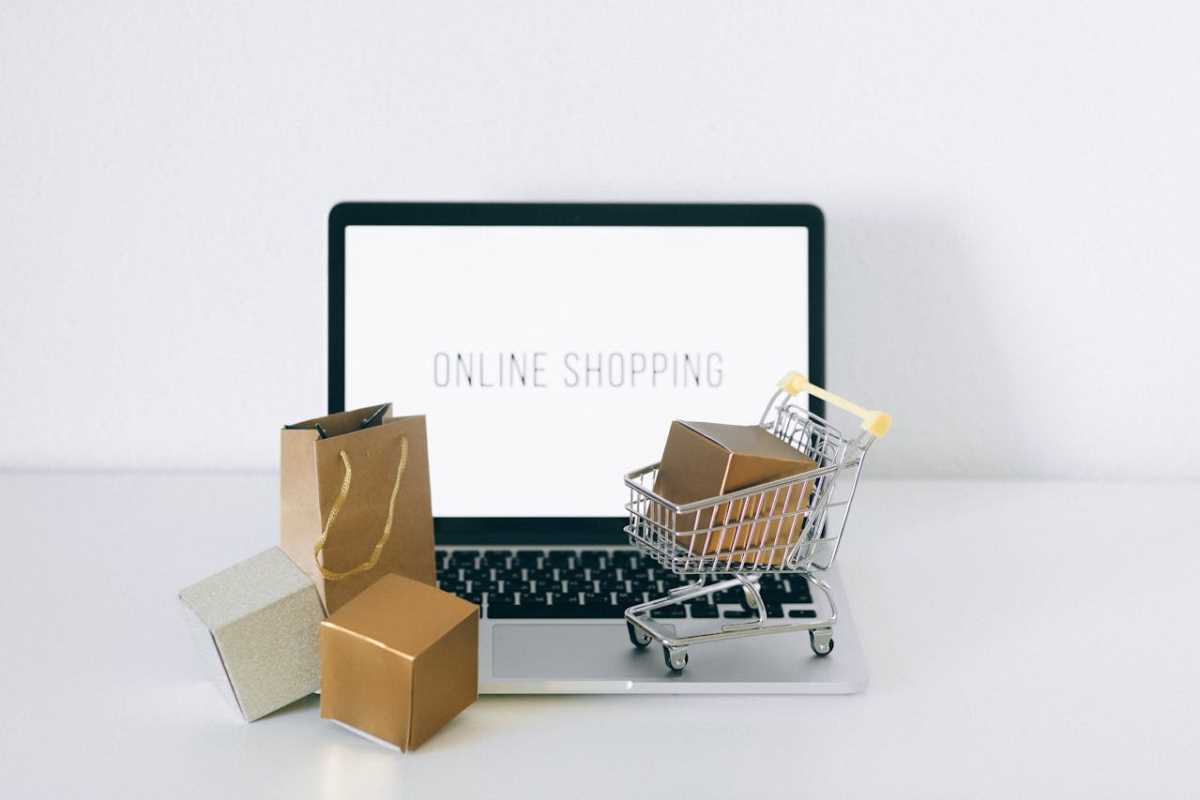Brands no longer just sell products; they foster movements. Community marketing has emerged as a dominant force, shifting the focus from transactional relationships to building loyal, engaged groups of advocates. This strategy turns customers into a powerful engine for growth, driving everything from brand loyalty and product innovation to lower acquisition costs. It’s about building a space where your audience connects with you and each other.
The Shift from Audience to Community
Traditional marketing broadcasts a one-way message to a passive audience. You create an ad, they see it, and you hope they buy. Community marketing flips this model entirely. It creates a two-way dialogue. A community is an active, engaged group of people brought together by a shared interest, value, or passion—centered around your brand.
This approach recognizes that modern consumers crave connection and authenticity. They want to belong to something bigger than just a customer list. Businesses that understand this unlock a powerful, sustainable growth loop. In fact, 77% of companies believe that an online community significantly improves brand exposure, awareness, and credibility.
Key differences are clear:
- Audience: A group that receives messages.
- Community: A group that participates in a conversation.
- Audience: Measures success with impressions and reach.
- Community: Measures success with engagement and retention.
How Community Drives Sustainable Growth
Building a community is not just a feel-good initiative. It is a strategic investment that delivers tangible business results. It creates a powerful flywheel effect across multiple areas of your business.
1. Reduces Customer Acquisition Costs (CAC)
A thriving community becomes its own marketing channel. Happy, engaged members naturally become brand advocates. They spread the word to their friends, colleagues, and social networks, creating powerful word-of-mouth marketing that money cannot buy.
- Organic Referrals: Community members recommend your product because they genuinely believe in it. This drives high-quality, warm leads that convert at a higher rate.
- Content Generation: Members create user-generated content (UGC)—reviews, tutorials, and social media posts—that acts as authentic social proof, attracting new customers without a significant marketing spend.
For example, the fitness brand Peloton built a massive community around its classes and instructors. Members organize their own groups, share milestones, and encourage newcomers, creating a self-sustaining ecosystem that fuels new sales.
2. Increases Customer Lifetime Value (LTV)
Community builds deep loyalty and emotional connection. When customers feel like part of a tribe, they are far more likely to stick around. This drastically reduces churn and increases the total amount a customer spends with your brand over time.
- Improved Retention: Members of a branded community have a stronger sense of belonging. They are less likely to switch to a competitor, even if offered a lower price.
- Expansion Opportunities: A community is the perfect place to launch new products or features. Your most engaged users become your first customers and provide immediate feedback, ensuring a successful launch.
Software company HubSpot excels at this with its HubSpot Community. Users can ask questions, share best practices, and connect with other professionals. This resource makes the HubSpot platform stickier and encourages users to explore and adopt more of its product suite.
3. Fuels Product Innovation
Your community is a direct line to your customers' needs, wants, and pain points. It is a living, breathing focus group that can provide invaluable insights to guide your product roadmap.
- Direct Feedback Loop: Monitor conversations to understand what features users love, what frustrates them, and what they wish your product could do. This is raw, unfiltered feedback you can’t get from surveys.
- Co-Creation of Value: Involve your community in the development process. Brands like LEGO have done this successfully with LEGO Ideas, a platform where fans can submit their own designs. If a design gets enough votes, LEGO turns it into a real product, sharing revenue with the creator. This not only generates new product ideas but also builds immense loyalty.
Actionable Steps to Build Your Community
Creating a community from scratch can seem daunting, but it starts with small, intentional steps.
Step 1: Define Your Community's Purpose
Why should people join your community? What is the central value proposition? Your purpose, or "Big Purpose," must go beyond just talking about your product. It should be a shared interest or goal that unites your members.
- For a project management tool: The purpose could be "to help professionals become more productive and organized."
- For a skincare brand: The purpose could be "to help people achieve confidence through healthy skin."
This purpose will be the guiding star for all your community activities and content.
Step 2: Choose the Right Platform
Where will your community live? The platform you choose should be where your target audience is already comfortable and active.
- Owned Platforms (e.g., Circle, Mighty Networks): These tools give you full control over branding, data, and user experience. You own the space and are not subject to the changing algorithms of social media.
- Social Media Groups (e.g., Facebook, LinkedIn): These are great for discoverability, as your audience is likely already on these platforms. However, you have less control, and the experience can be noisy.
- Communication Channels (e.g., Slack, Discord): These are ideal for real-time conversation and are popular with tech and gaming communities. They foster a sense of immediacy and direct connection.
Start with one platform and do it well. You can always expand later.
Step 3: Seed the Community and Spark Engagement
An empty community is not very inviting. You need to kickstart the conversation and create initial value.
- Invite Your First 100 Members: Start with your most loyal customers, power users, and brand advocates. Personally invite them to join and ask for their help in getting things started.
- Create Foundational Content: Post welcome threads, introduce the community guidelines, and start discussions with open-ended questions related to your Big Purpose.
- Facilitate Member-to-Member Connections: Your job as a community builder is to be a host at a party. Introduce people with similar interests, tag members in relevant discussions, and celebrate their contributions.
The goal is to shift the dynamic from you talking to the group, to members talking to each other.
Step 4: Nurture and Scale Your Community
Once the community has momentum, your role shifts to nurturing and empowering its members.
- Establish Rituals: Create consistent, predictable events that members can look forward to. This could be a weekly "Ask Me Anything" (AMA) with an expert, a monthly member spotlight, or a daily check-in thread.
- Empower Ambassadors: Identify your most active and helpful members and give them special roles. An ambassador program can provide these super-users with exclusive perks in exchange for their help in welcoming new members and facilitating discussions.
- Measure What Matters: Track key community health metrics, such as the number of active members, posts per day, and the percentage of members who are contributing. Use this data to understand what is working and where you can improve.
Community marketing is a long-term play. It requires patience, empathy, and a genuine desire to connect with your customers. But for brands willing to invest, it creates a powerful, defensible moat that competitors cannot easily replicate. It turns your business into a movement—and movements are built to last.
 (Image via
(Image via

.jpg)



